Unsere Referenzen:
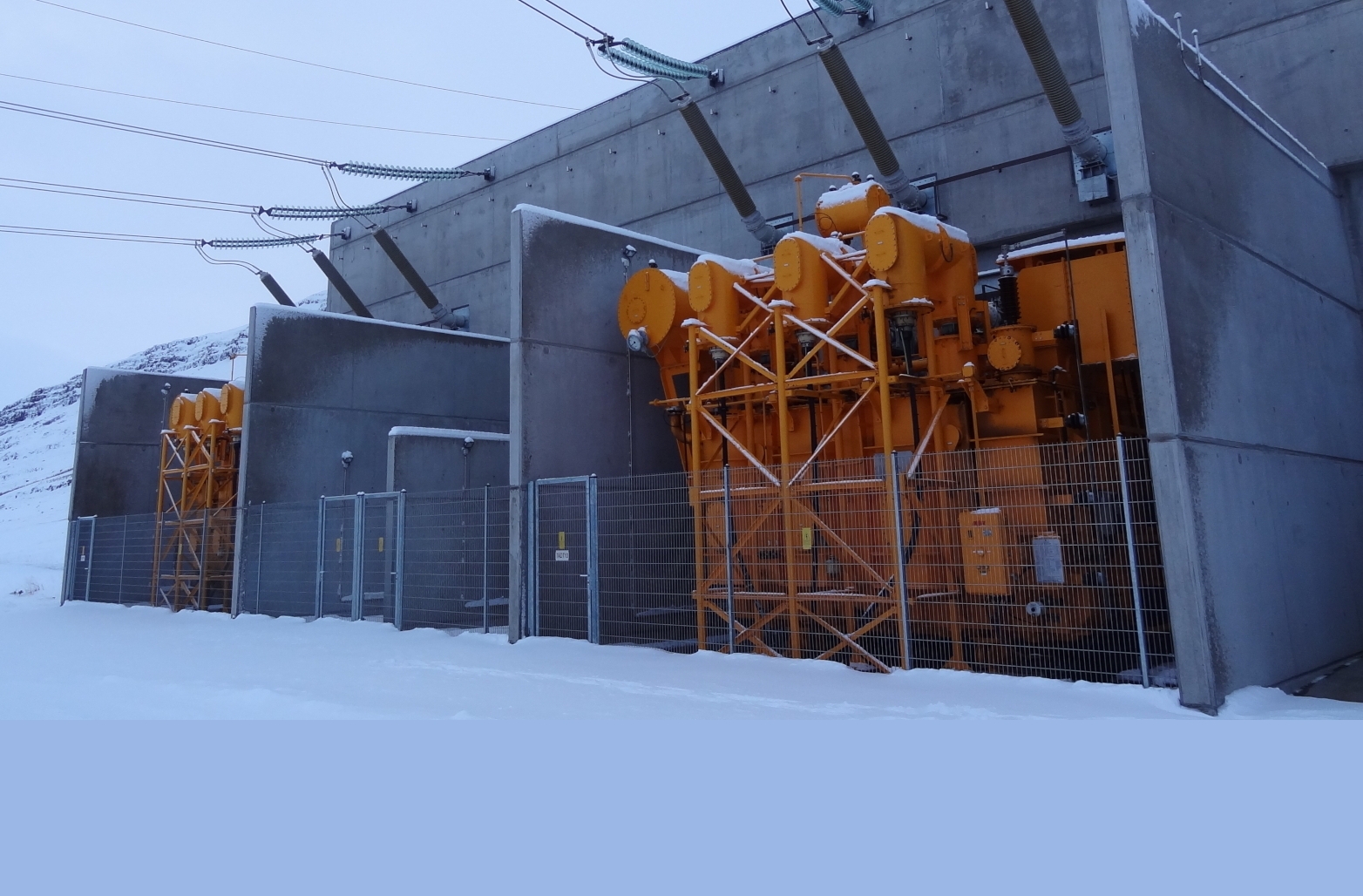
REGSys® Parallel Regulation of Transformers
The regulation of transformers with tap changers is an essential subject within the field of power supply and distribution. Today these tasks are accomplished electronically with high regulation quality. Digital regulators, such as the freely programmable REGSys® voltage regulator system, are in use.
Read more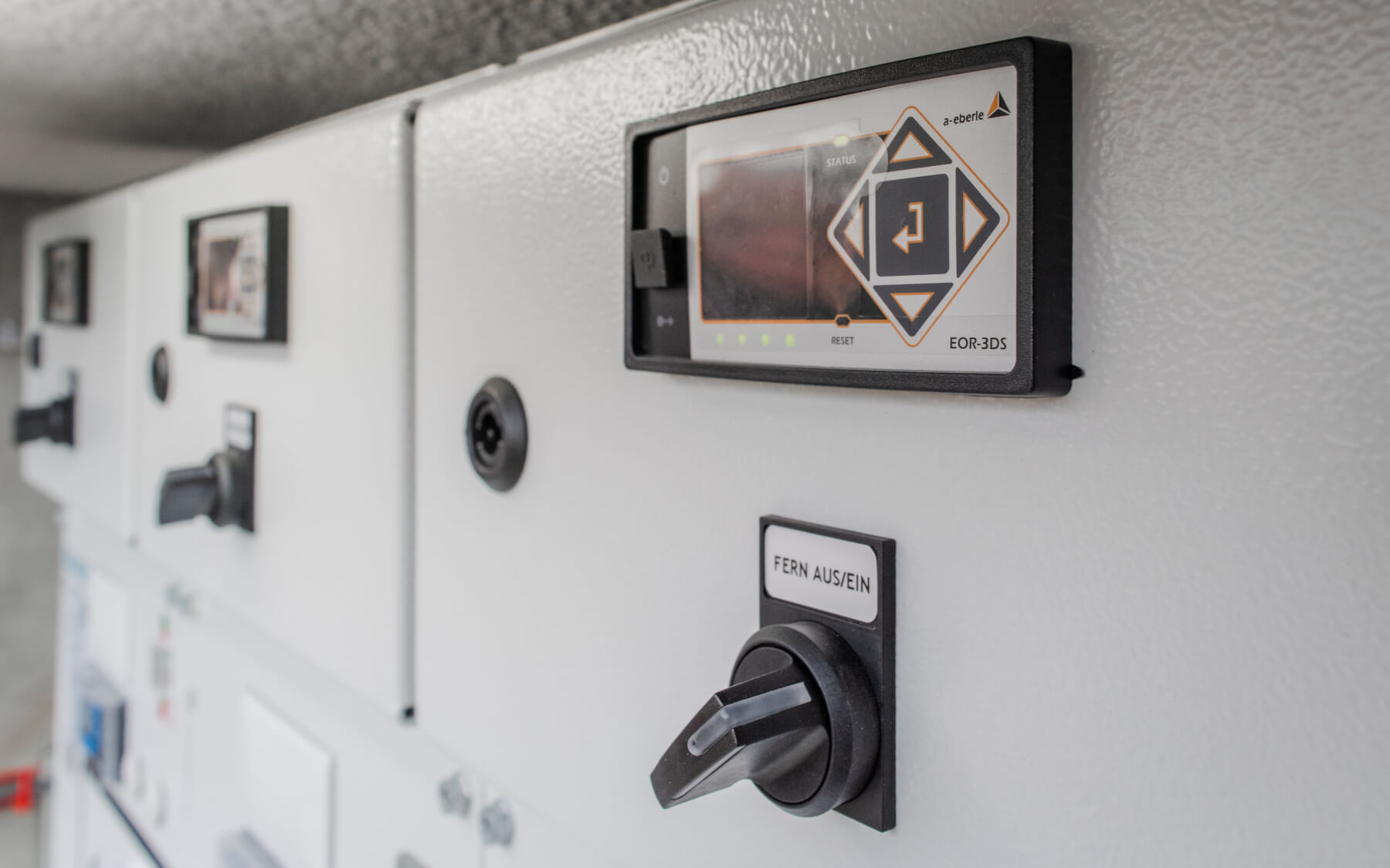
Cost Efficient Management of Digital Secondary Substations: Earth Fault Indicator EOR-3DS as Digitisation Unit for Secondary Substations
Digital secondary substations are becoming a key element for distribution system operators in terms of automation, monitoring, and efficient operations of their networks. Read this technical report about the EOR-3DS in its role as digitisation unit for secondary substations.
Read more
Ferrari´s Meter vs. Electronic Meter
This technical report analyzes a power measurement at a large industrial customer. The customer records very high currents and fifth harmonic voltages during production time, which leads to poor voltage quality.
Read more
Angle determination of voltage and current harmonics in practice
Today's devices and equipment such as switched-mode power supplies, frequency converters, regulated drives, charging devices for e-mobiles or LED lighting work internally with high clock frequencies in order to regulate power efficiently. These can lead to both conducted and field-bound (coupled) influences in the energy grid. In this technical report, we explain how you can detect these sources of interference in the grid using suitable measuring technology.
Read more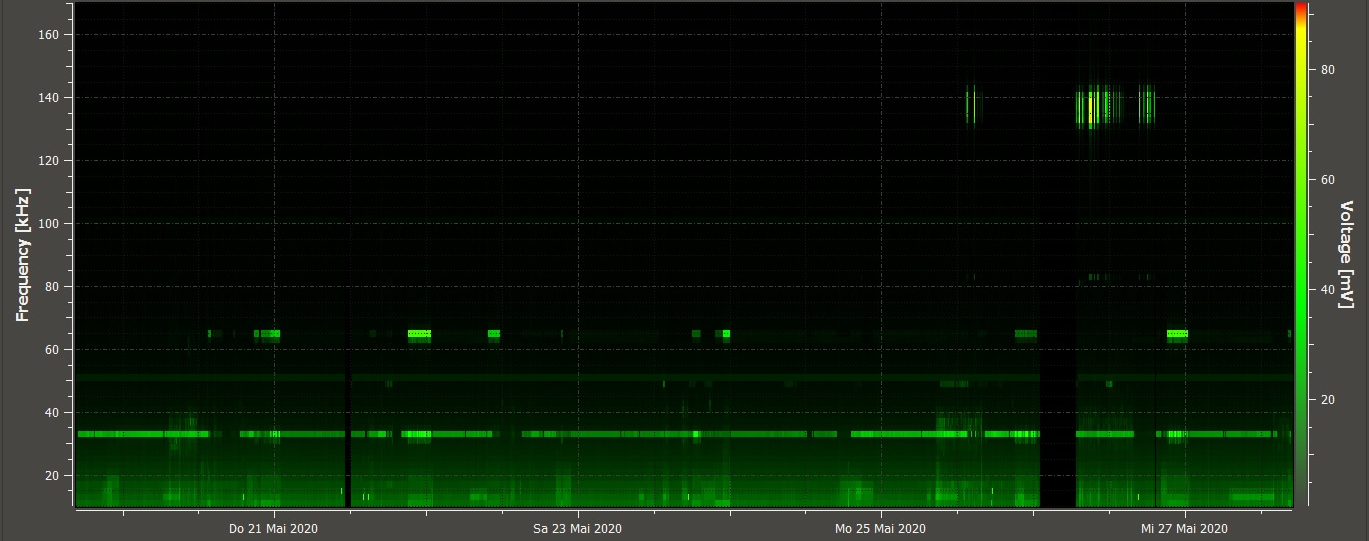
All „Supra“ with your grid?
Today's devices and equipment such as switched-mode power supplies, frequency converters, controlled drives, charging devices for e-mobiles or LED lighting work internally with high clock frequencies in order to regulate power efficiently. These can lead to line-borne as well as field-borne (coupled) interference in the power grid. In this technical report, we explain how you can detect these sources of interference in the grid using suitable measurement technology.
Read more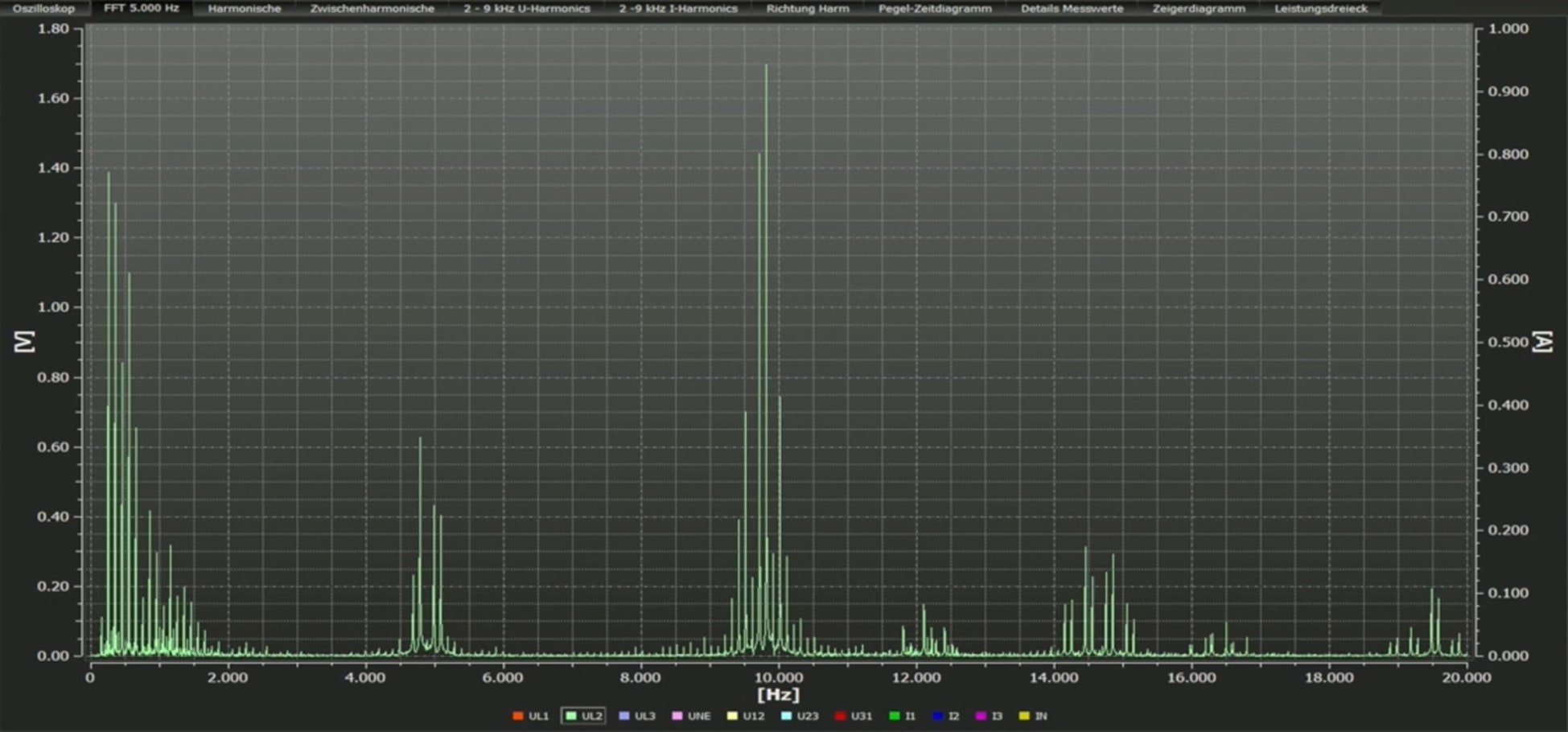
Power Quality Analysis: Tips and Tricks II
Useful tips & tricks for handling Power Quality measuring devices and typical user errors - now in our two-part article! This article provides further insights and practical tips and application examples for power quality analysis.
Read more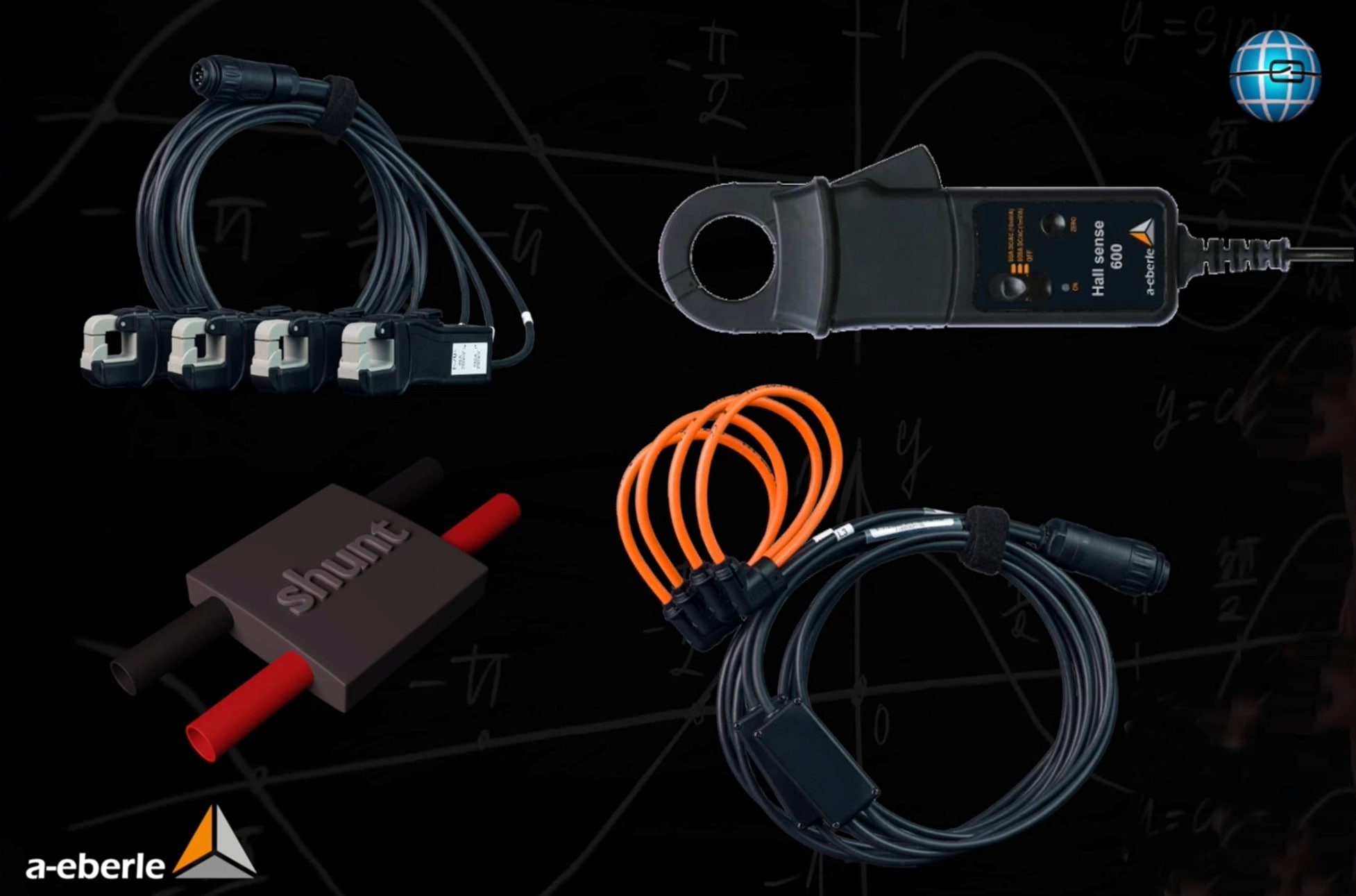
Power Quality Analysis: Tips and Tricks I
Useful tips & tricks for handling Power Quality measuring devices and typical user errors - now in our two-part article! This article explains tips and tricks for performing power quality measurements. It explains which connection errors can be made and which preliminary considerations should be made before using a measuring device.
Read more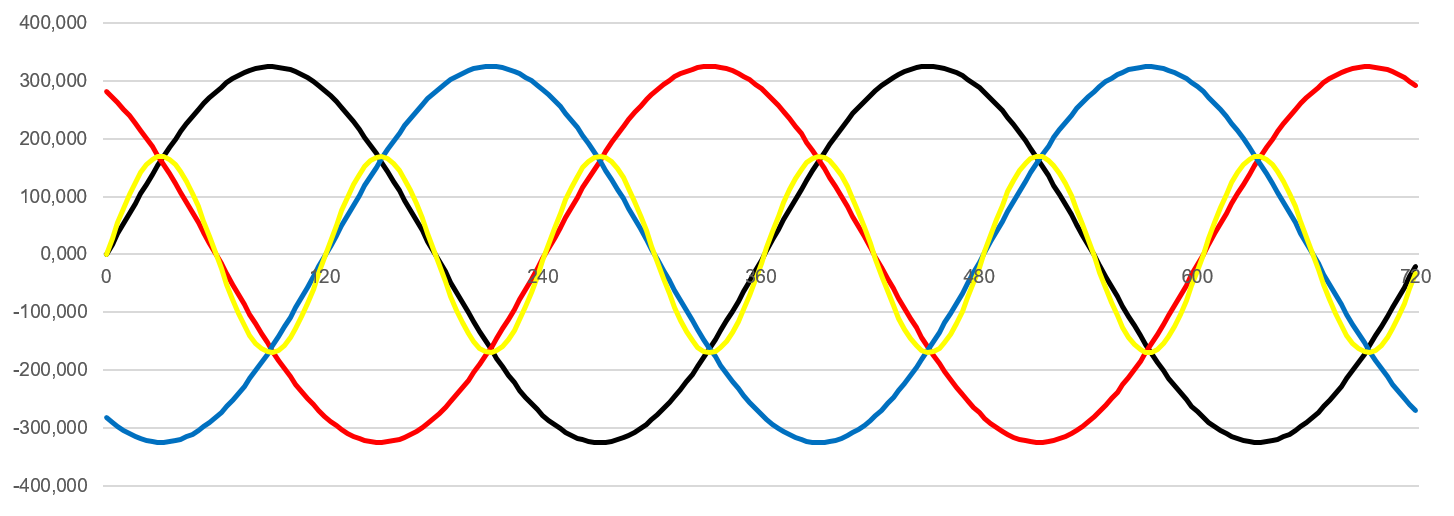
Four ways to measure current
The following technical report examines various methods for measuring current. It discusses how currents are measured using power analyzers and current clamps. The respective advantages and disadvantages of different technologies such as shunts, normal current clamps, hall effect sensors, etc. ar also evaluated.
Read more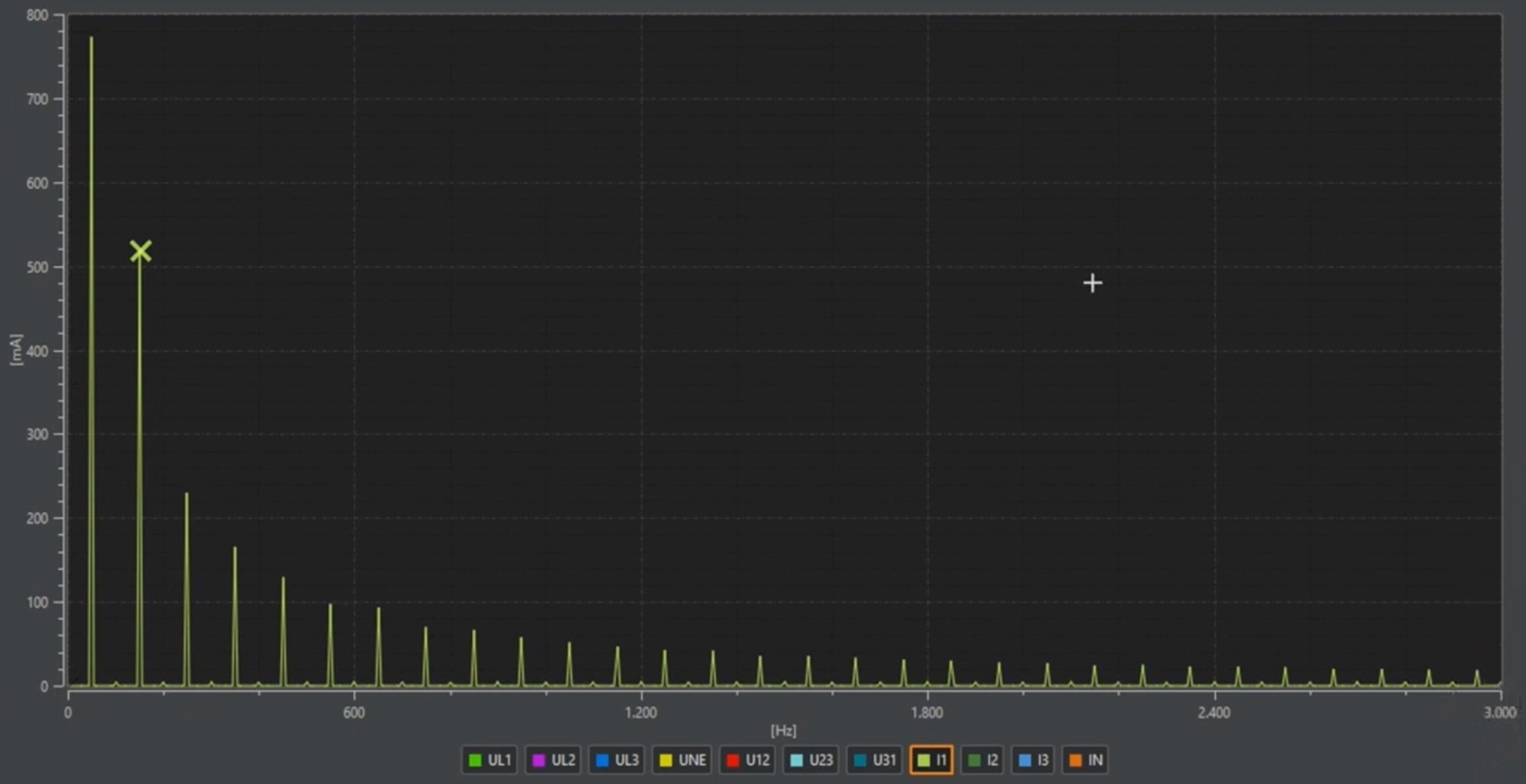
Cos ϕ vs. power factor λ – Practice
This second technical report on the subject of reactive power and in particular the distortion reactive power supplements the first contribution "Cos ϕ vs. power factor λ – Theory". In this article, the voltage and current of an incandescent lamp are measured in an online measurement using a power analyzer.
Read more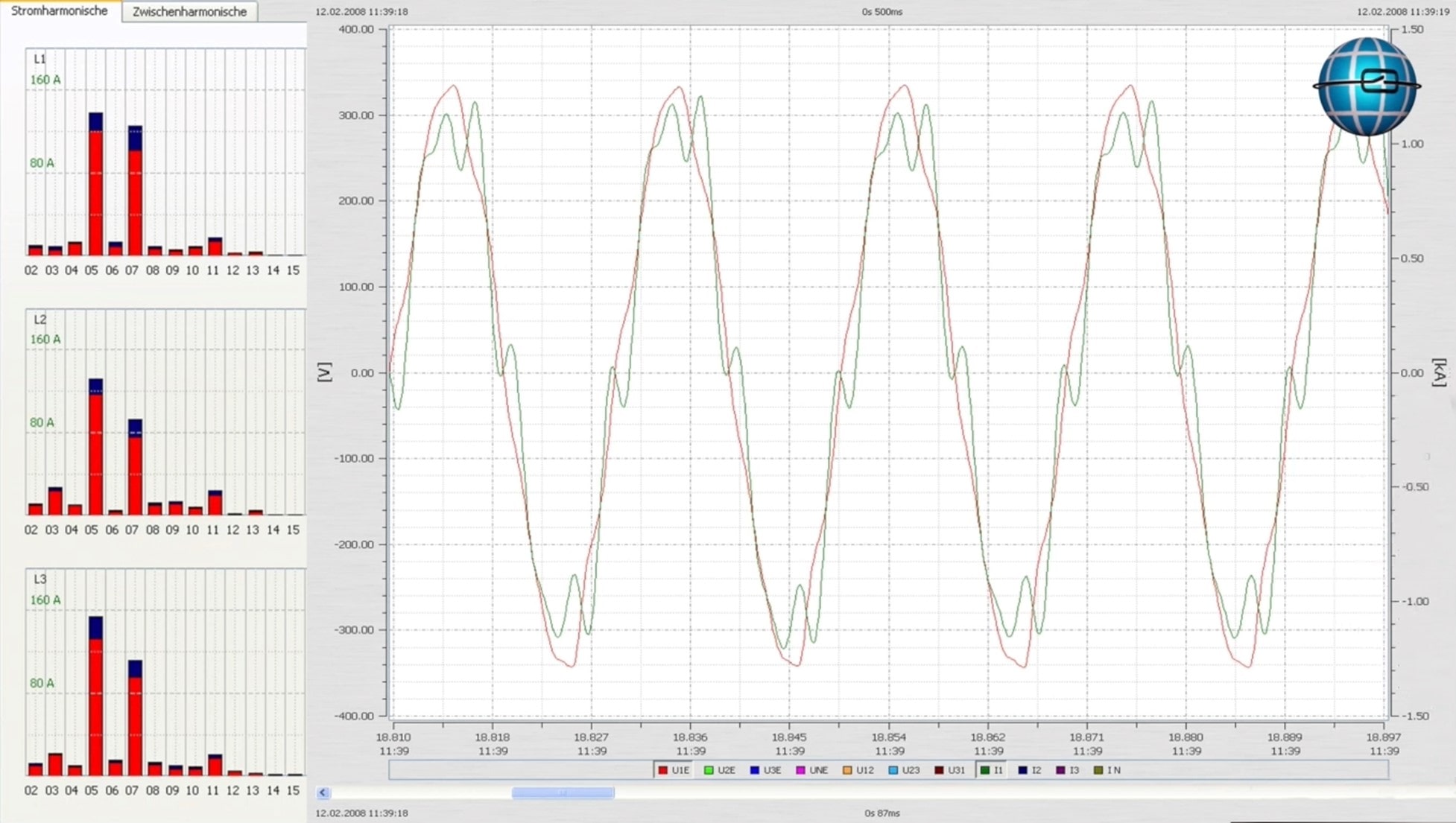
Cos ϕ vs. power factor λ – Theory
This technical report discusses the distinction between power factor and cosine phi. Cosine Phi, formerly widely known as the ratio of active power to apparent power, however, has a different meaning for many consumers today.
Read more
Innovative & economical “system solutions” in the age of energy grid transformation
The transformation of the energy industry from a centralized structure to a decentralized energy supply is creating complex energy networks with volatile load flows and changing load flow directions. Grid feedback effects must be reduced to a tolerable level to avoid negative effects.
Read more
Mains feedback interferes with protective devices
In a photography and design studio, located in a large industrial park, a RCD tripped frequently. Due to the permanent power cuts, the employees of the studio could not work properly. This article shows how we found a solution for this problem using our Power Quality devices.
Read more
Creating Power Quality surveys with PQ-Box and WinPQ mobil software
The following report displays the PQ-Box and WinPQ mobil software interact to allow an evaluation of the disturbance levels at a measuring point according to approved grid norms.
Read more
Measurement of voltage distortions in industrial grids with the PQ-Box 50
It is important to find disturbances in the system in a fast and reliable way. This report shows an example for trouble shooting with the Power Quality analyzer PQ-Box 50.
Read more
Power Quality Measurements: The Third Harmonic
This special publication intends to illustrate a typical power quality measurement and the aspects, which should be taken into consideration conducting the measurements.
Read more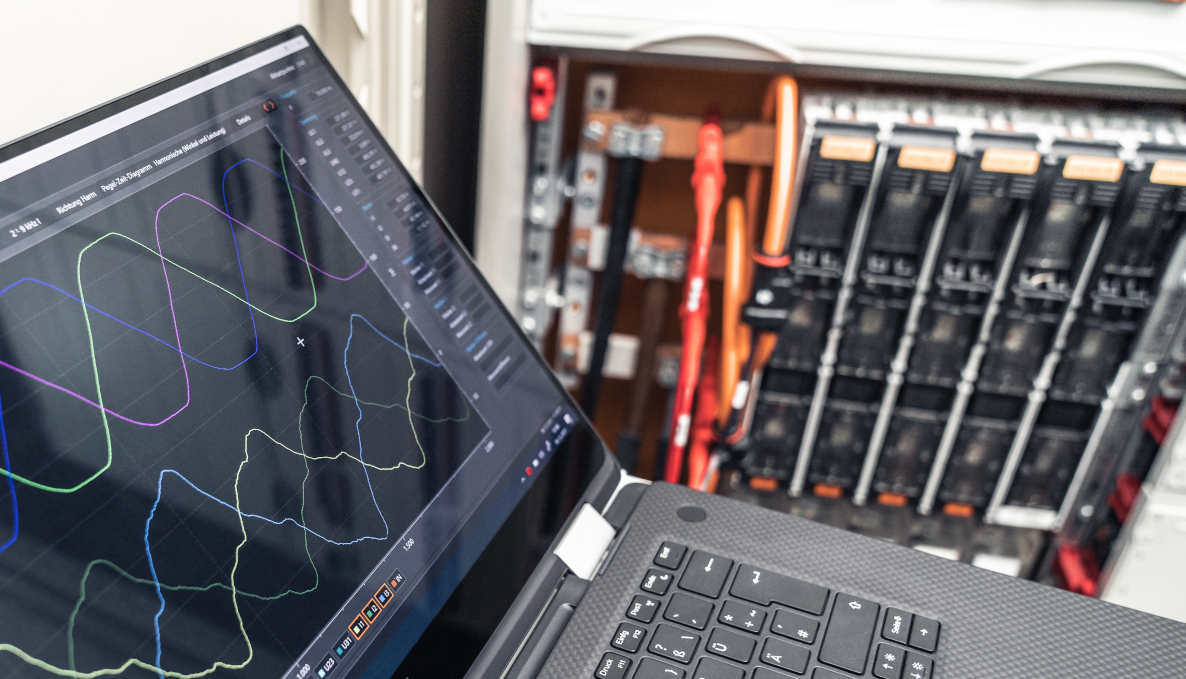
Power Quality Measurements: The N-Conductor & Harmonics
In power quality measurements, odd harmonics such as the 15th, 21st & 27th are often violated. What are harmonics anyway, how does this circumstance occur and what influence does this have on the neutral conductor.
Read more
Changes in Energy Technology – Part 2
Standards play a major role for power quality measurements. Accordingly, it is essential that these standards are also adapted to […]
Read more
Changes in Energy Technology – Part 1
In this article we discuss the current changes in the energy technology. In addition, we will look on the effects of grid repercussions and what influence they have on measuring devices with which we detect faults in the grid.
Read more
Performance increase in the distribution grid
Due to economic unreasonableness, grid operators are rejecting applications to connect PV systems in the low-voltage grid more often. The responsible grid planners are guided by the connection guideline VDE-AR-N 4105, in which decentralized generation facilities may only raise the voltage level in the low-voltage grid by 3% compared to the previous situation.
Read more
Economic Analysis Low Voltage Regulation
Smart Grids and the resulting changes in the distribution grids face many distribution grid operators with different challenges. These include...
Read more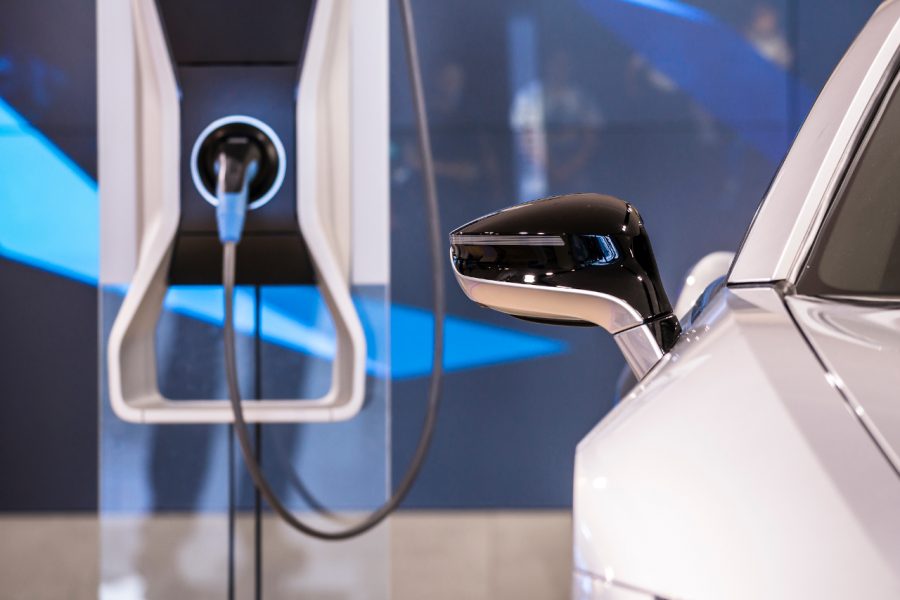
Parallel Charging of E-Vehicles
he Technische Hochschule Bingen (THB) charged e-vehicles in parallel at ten charging points. What was of interest here was measuring the charging current and its effect on the THB network; to determine pulse frequencies and their distribution across the network and to assess network asymmetries...
Read more
Evaluating Supraharmonics up to 150 kHz in E-Vehicles at TH Bingen
In the first part of the measurement campaign in 2016, various e-vehicles were assessed as to their charging behaviour and feedback to the network. The evaluation considered DC harmonics up to the 50th...
Read more
Pilot Project on a Motorway Parking Lot
In 2018, the “Auergründel” PWC (car park with WC) on the A6 suffered repeat failures of its fresh and waste water pumps...
Read more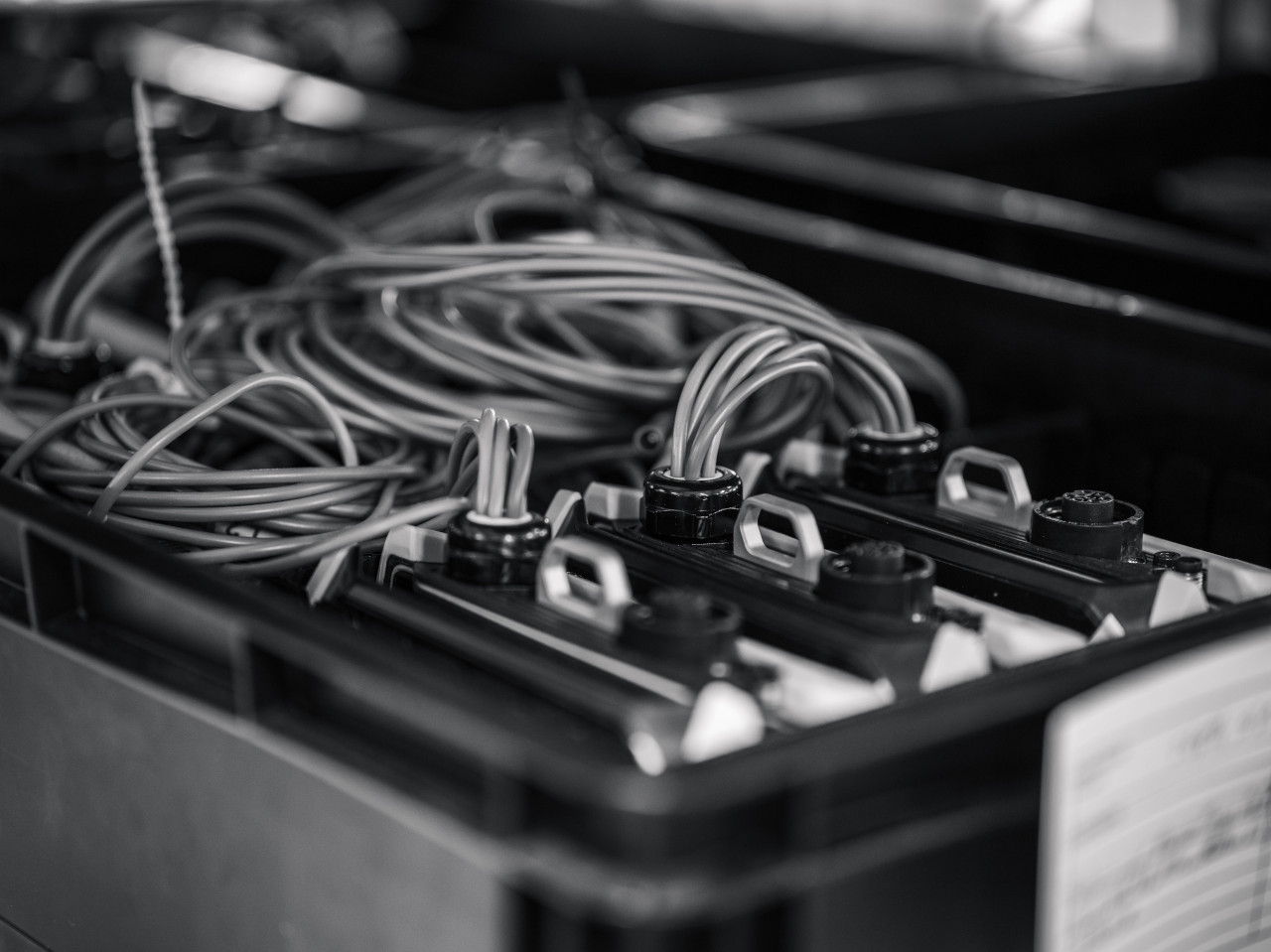
Power Quality Under the Microscope
The transition in the generator and consumer structure of Central European electrical grids is in full swing...
Read more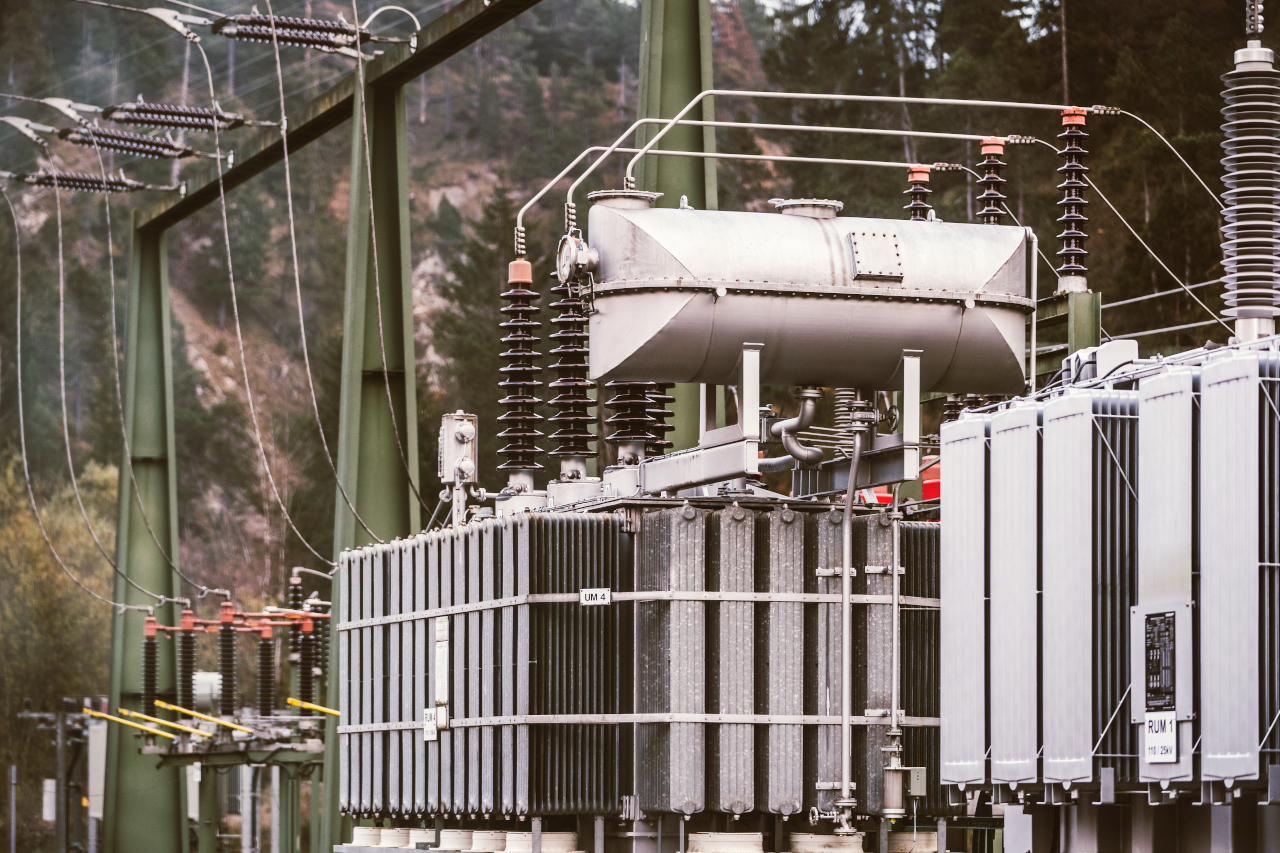
Safely Regulate the Load Flow
Phase-shifting transformers or shunt regulators are special power transformers. They allow the active power flow (load flow) in alternating current networks to be controlled. During tapping, the ...
Read more
Voltage Quality at all Network Levels
Extending networks will not come cheaply. For the distribution system alone, the Federal Grid Agency estimates costs of around...
Read more
Emergency Power Supplies in Hospitals and Data Centres
According to DIN VDE 0100 part 710, if the voltage over one or more external cables providing the general power supply to a hospital falls to less than 90% of the nominal grid voltage for a period of more than 0.5s, the power supply must be
Read more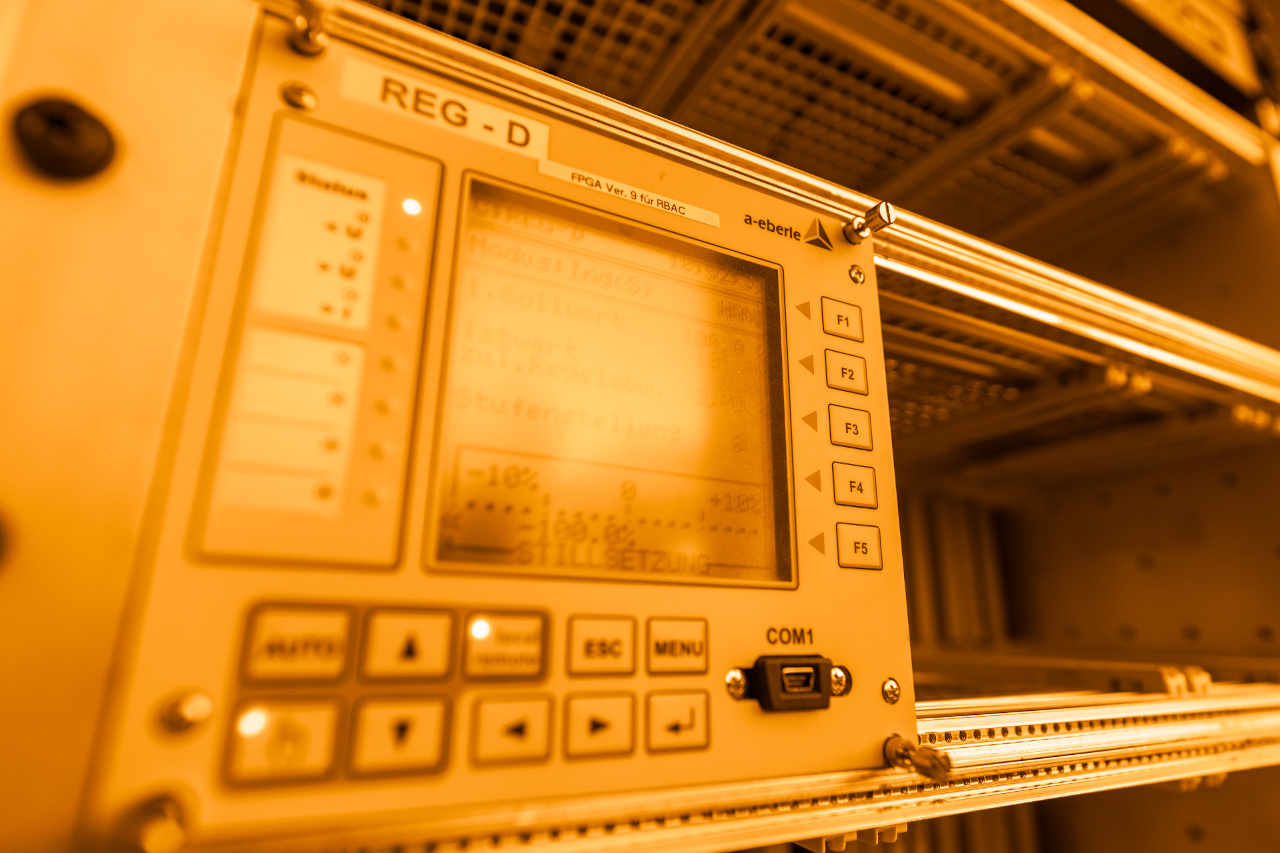
The REGSys® Triple-Wound Feature
Since then, it has become possible to use the feature for other application such as so-called “energetic recovery” or to implement applications requiring a second voltage (U1, U2) and current (I1, I2) measurement. In these...
Read more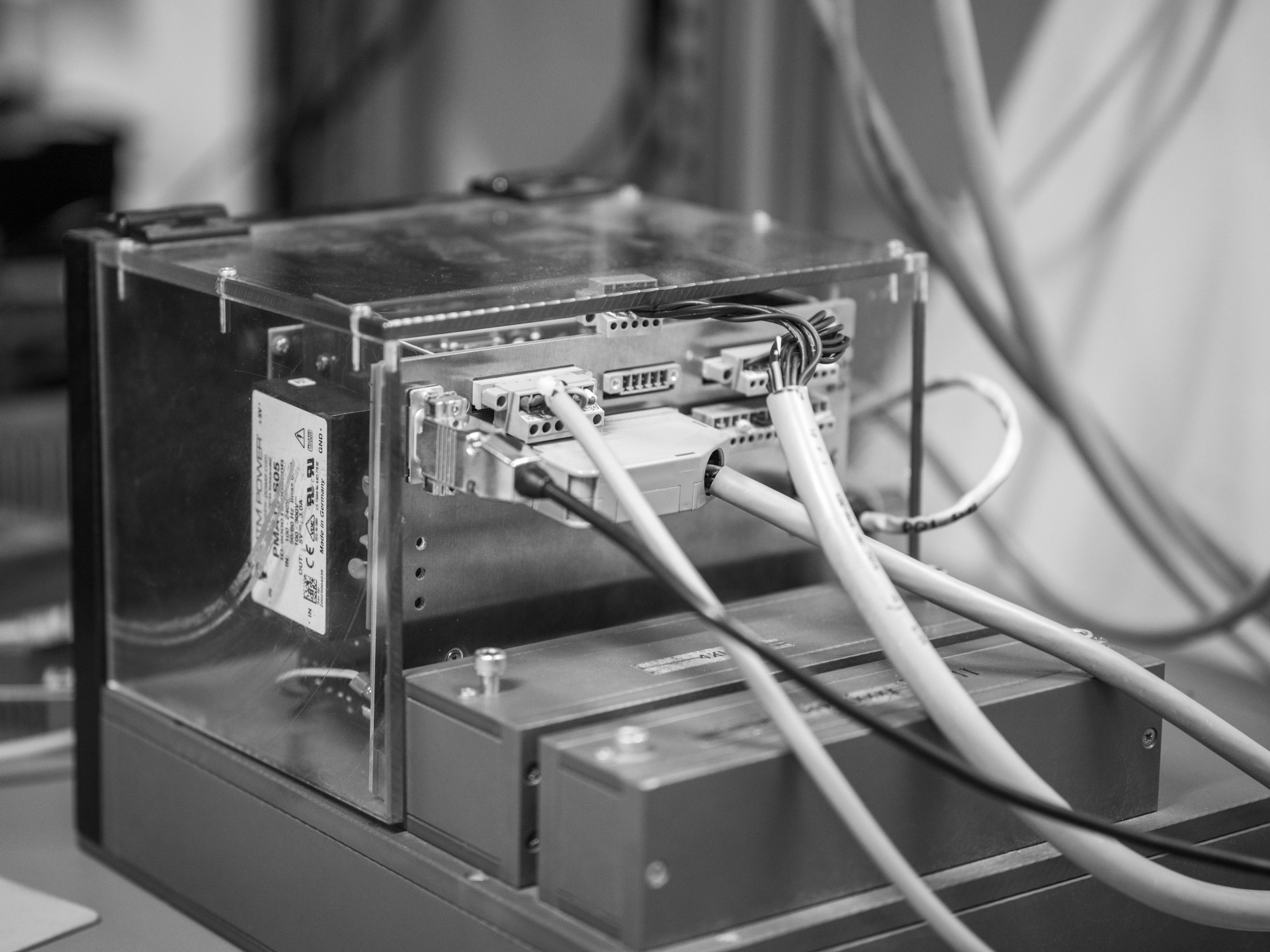
Power Quality Detectives
Modern measurement technology makes an important contribution to the power quality of low-voltage networks. Without it, we could not make statements about the quality of individual power characteristics, nor find the causes of faults. It was for this reason that the decision was taken in early 2001...
Read more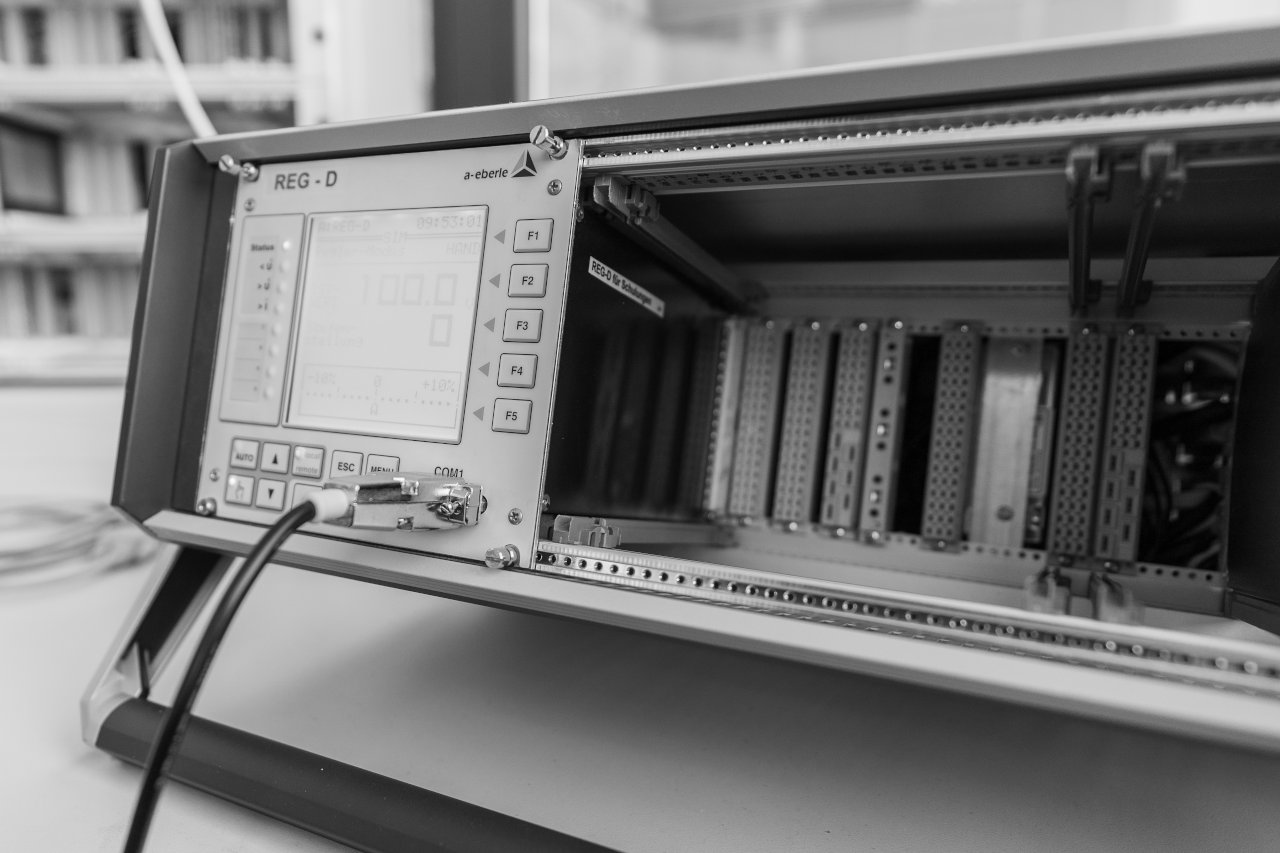
Regulating the Active and Reactive Power with REGSys®
he voltage regulator REG-D(A) is normally tasked with controlling voltage on the secondary side of a transformer. The main task here is to achieve the best possible balance between voltage stability and the number of taps...
Read more




